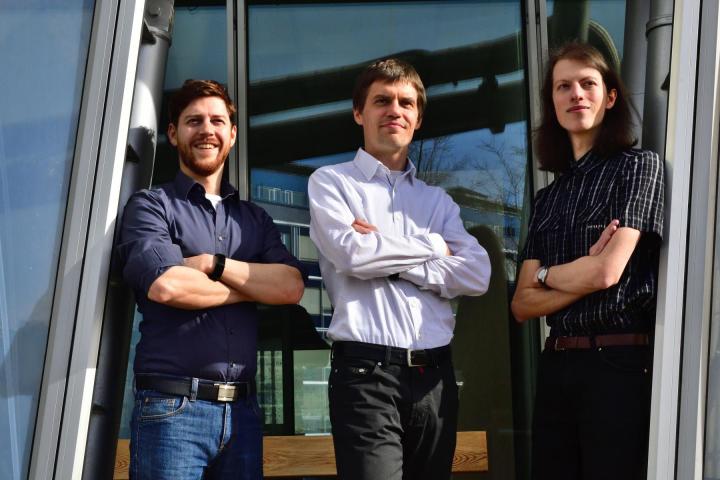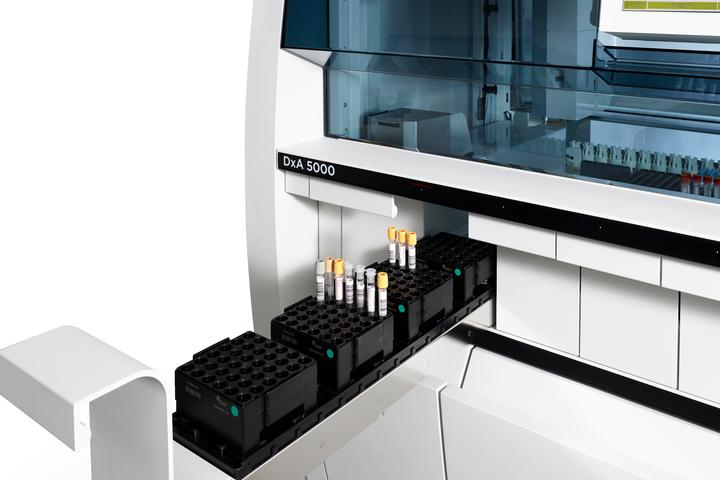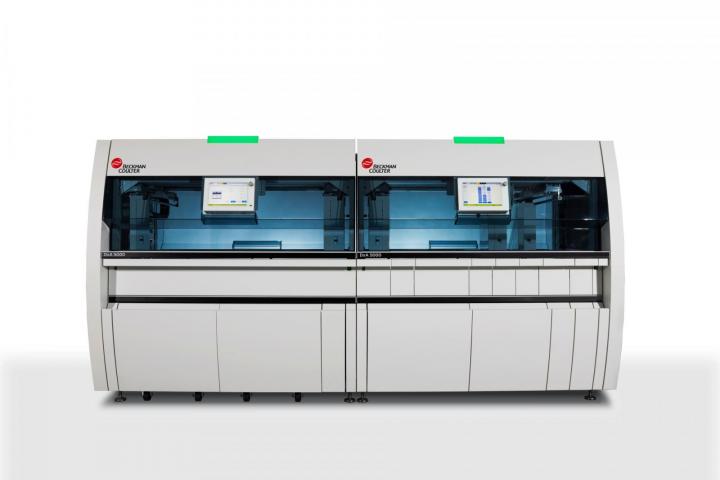
The PREVEDIG medical laboratory, in which the optimization algorithm was tested, uses the innovative DxA 5000 laboratory system from Beckman Coulter. It is a state-of-the-art device that can process a sample and perform a variety of tests on various analyzers requiring almost no human intervention. As mentioned by Beckman Coulter sales director Ing. Lukáš Palivec, Ph.D .: “This new automation concept, equipped with twenty-three new patented technologies, brings a completely new standard for the processing of laboratory samples. It minimizes the number of manual steps of the process, and thus enables the laboratory to achieve a short and predictable time from the sample delivery to the release of the result (the so-called TAT from the English Turnaround time). ” Kamil Řáda adds: “The fact that the sample does not have to be manipulated by personnel (except for insertion into the line) means that the evaluation of samples is not only faster, but also minimizes operator errors. In addition, in these challenging times, the staff needed to operate the original system can be moved where they are more useful. ”
As laboratory systems evolve, so does their complexity. In order to make the most of the potential of systems such as the DxA 5000, it is necessary to determine exactly on which analyzer or its part which test will be performed and in what order the individual tests will be performed. Given the huge volume of samples that the laboratory has to process every day and the large number of tests that are performed on individual samples, this is a very difficult task. A team of experts from CIIRC CTU and Beckman Coulter undertook this task. By joint analysis of data from the laboratory, it was possible to identify the places in the system that most prevent the use of its maximum performance, and then create an optimization algorithm to determine the configuration of the laboratory system. In the laboratory, this managed to increase the throughput of analytical units providing biochemical examination by up to 30% compared to the original setup of the DxA 5000 system.
As stated by doc. Ing. Přemysl Šůcha, Ph.D., team leader at CIIRC CTU: “Together with my colleagues Bc. Patrik Březin and Ing. Antonín Novák, we managed to create a unique algorithm that can optimize the performance of the system exactly according to the needs of the laboratory. Our algorithm works with a large amount of anonymized historical data from the laboratory, so it knows exactly what tests are usually performed together and how often. Thanks to this, we can determine exactly when and where which test should be performed. Another indisputable advantage is that our algorithm can distinguish between the needs of a private laboratory, such as the PREVEDIG medical, and the needs of hospital laboratories that have different sample processing requirements. ”


